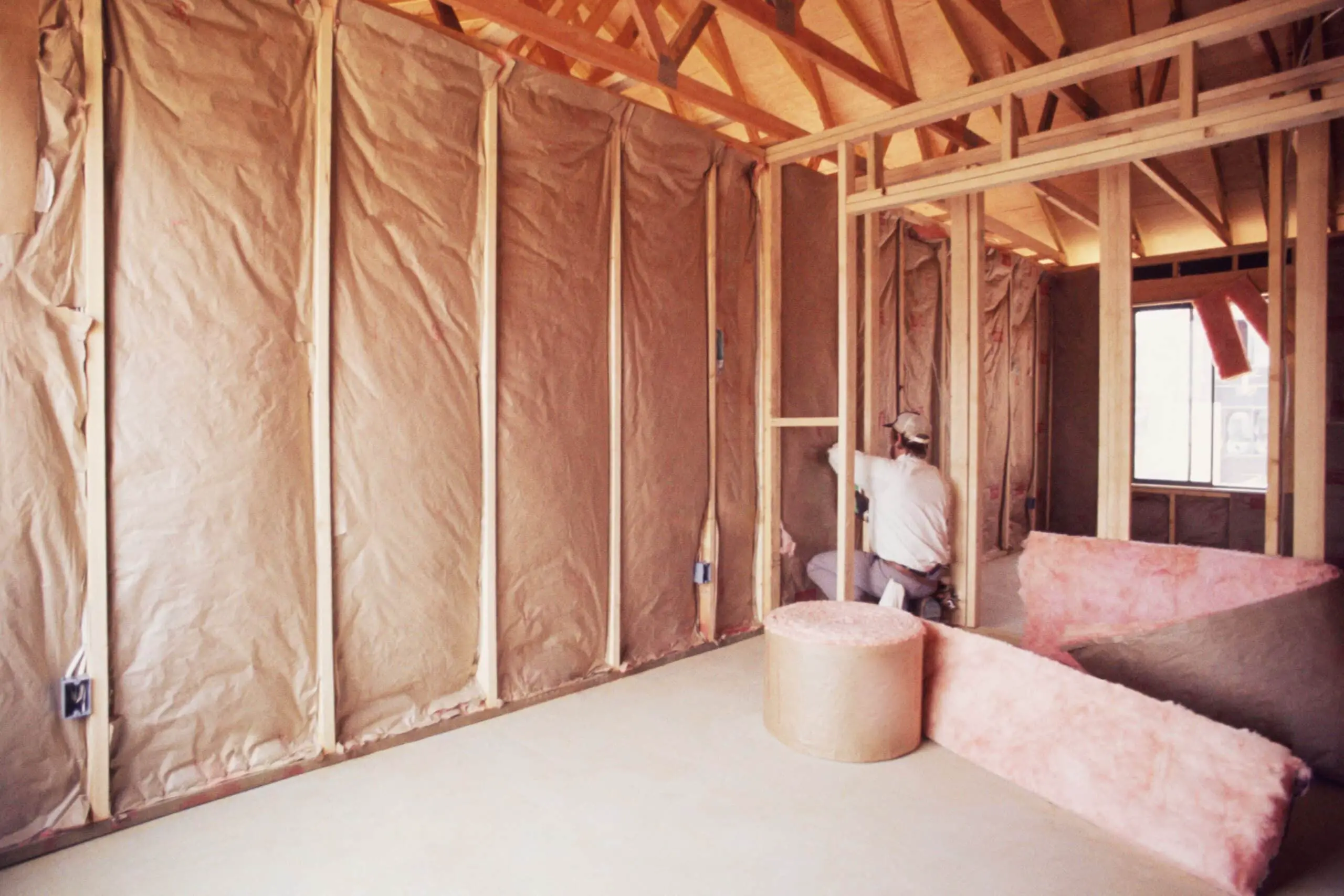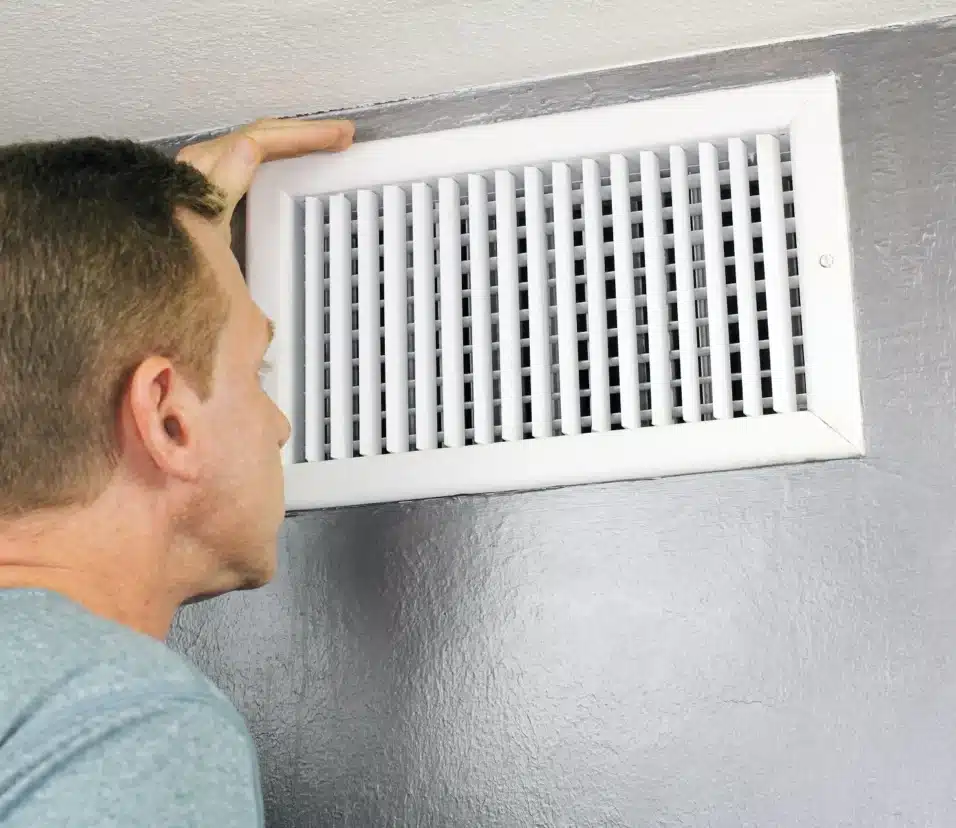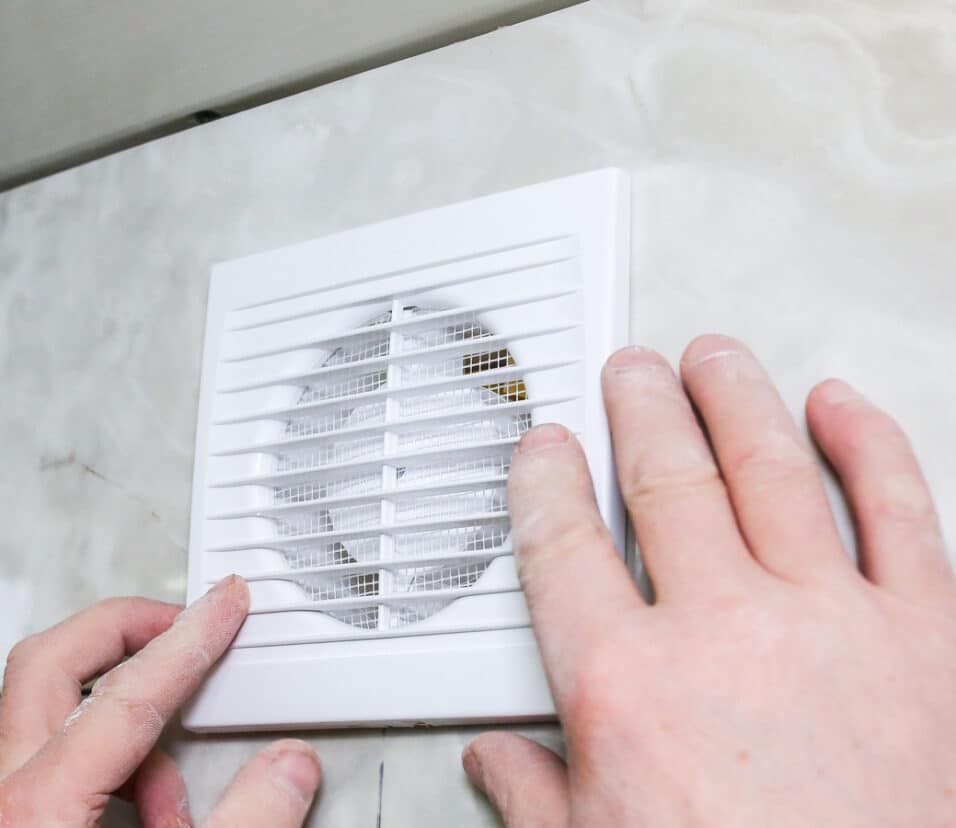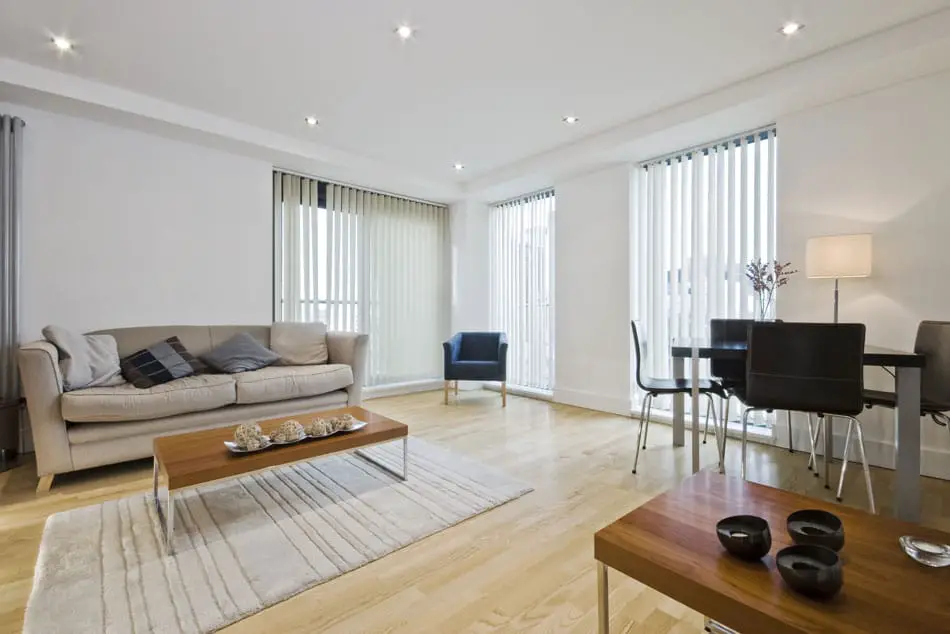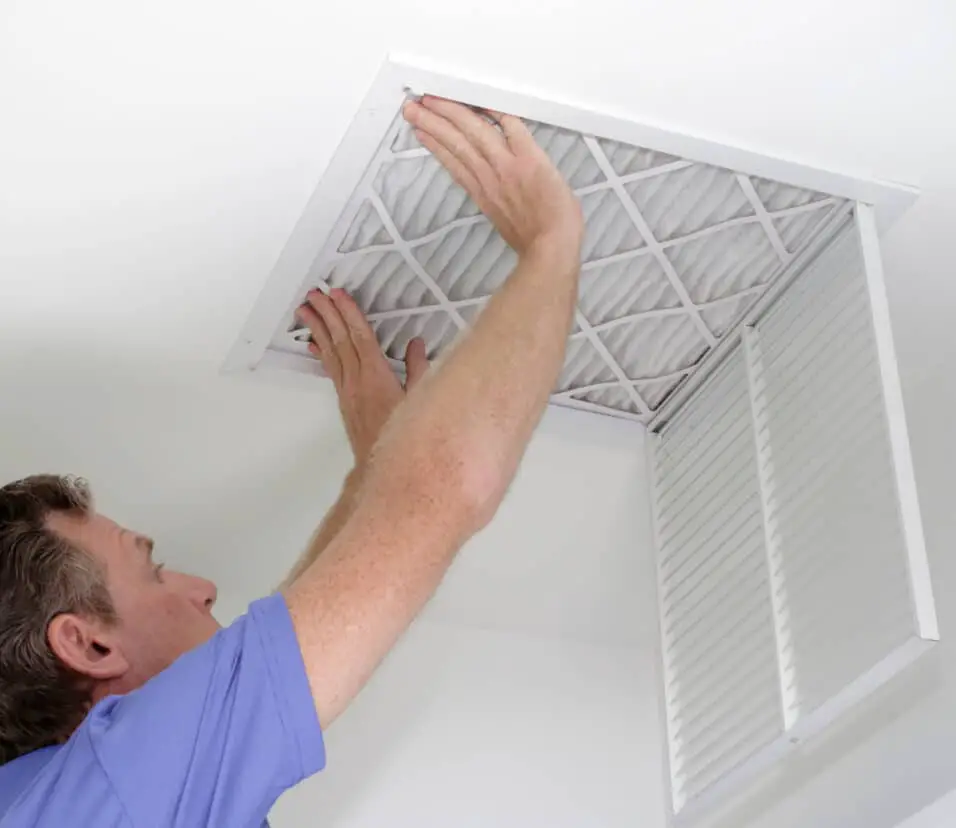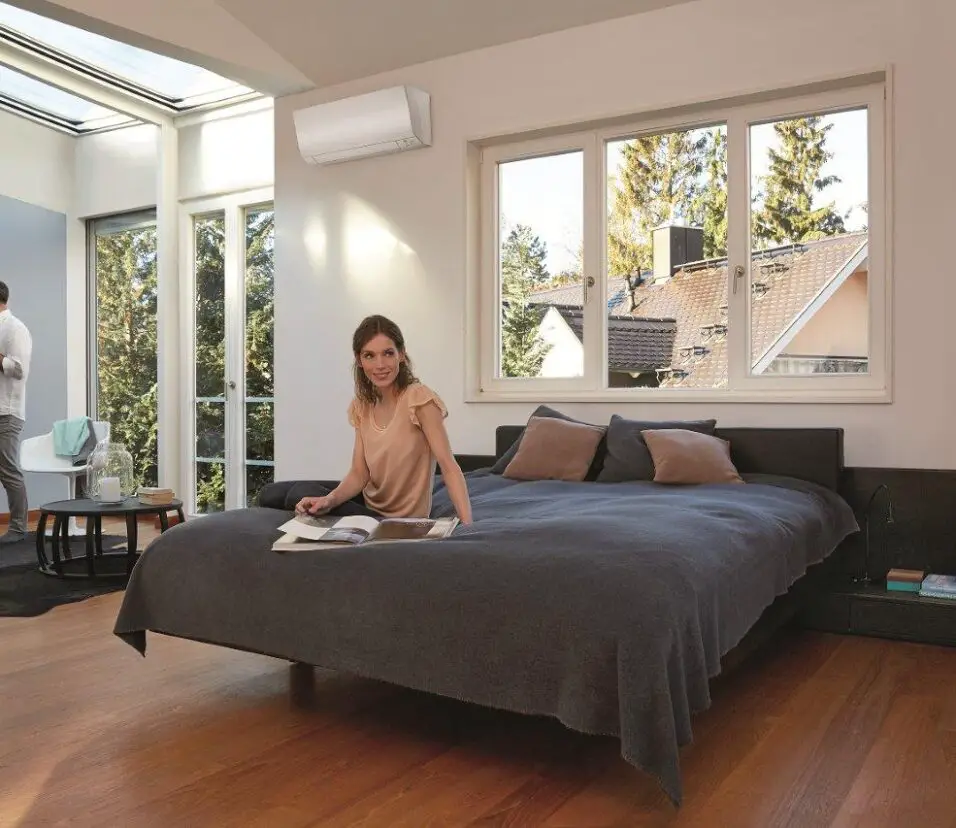Do You Put Insulation In Interior Walls
Introduction
Do You Put Insulation In Interior Walls: Do Interior Walls Need Insulation? Insulation regulates temperature, reduces energy use, and improves comfort. While most people are familiar with insulating outside walls, internal wall insulation is often unclear. This article discusses the benefits of insulating interior walls and how to decide whether to insulate.
Insulating interior walls can provide several advantages. Firstly, it helps to improve soundproofing within a building. By reducing the transmission of sound between rooms, insulation can create a quieter and more peaceful environment. This is particularly beneficial in homes, offices, or other spaces where privacy and concentration are important. Additionally, insulation can help to prevent the spread of fire within a building.
Another advantage of interior wall insulation is the improved energy efficiency it offers. Insulation acts as a barrier, preventing heat transfer between rooms. Insulating interior walls can also help to create a more comfortable living or working environment.
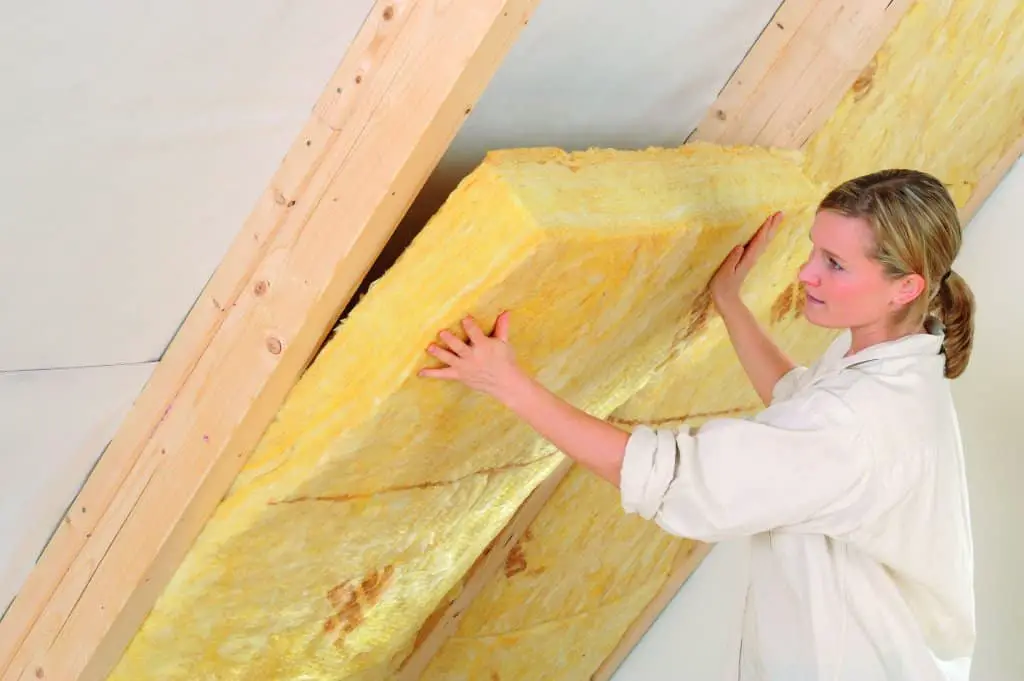
Can I add insulation from inside walls?
What if you didn’t have to break down your walls to install new, much-needed insulation? Instead than removing walls and reinstalling drywall, you can inject insulation through small holes within or outside empty walls.
Yes, it is possible to add insulation from inside walls. Insulation plays a crucial role in maintaining the temperature and energy efficiency of a building. By adding insulation to the interior walls, you can improve the thermal performance of your home or office, reduce energy consumption, and create a more comfortable living or working environment.
There are several methods for adding insulation to interior walls:
1. It is a popular choice for retrofitting insulation in existing walls as it does not require extensive demolition.
2. It expands to fill gaps and cracks, providing an airtight seal and excellent thermal insulation. It is particularly effective in reducing air leakage and improving energy efficiency.
3. Insulating paint: Insulating paint is a type of paint that contains insulating additives.
Overall, adding insulation to interior walls is a viable option for improving energy efficiency and comfort.
Which walls should be insulated?
Insulate all exterior walls, including (3A) walls between living spaces and unheated garages, shed roofs, or storage areas; (3B) foundation walls above ground level; (3C) foundation walls in heated basements. 4. Apply insulation to floors above unconditioned spaces, such as vented crawl spaces and unheated garages.
Insulating walls is an important step in improving the energy efficiency of a building.
Exterior walls: Insulating exterior walls is typically the most effective way to improve energy efficiency.
Attic walls: Insulating attic walls is also crucial for energy efficiency. Heat rises, and without proper insulation, a significant amount of heat can escape through the attic. Insulating the walls of the attic helps to create a thermal barrier, preventing heat loss and reducing the workload on the heating system.
Interior walls: Insulating interior walls is not as common as insulating exterior or attic walls. However, there are situations where insulating interior walls can be beneficial. For example, if there are rooms in the house that require different temperature settings, insulating the interior walls can help maintain the desired temperature in each room.
Basement walls: Insulating basement walls is essential for homes with basements. Insulating basement walls can help to create a more comfortable living space and prevent moisture-related issues.
Is insulation interior or exterior?
It also helps to improve energy efficiency and reduce utility costs.
This helps to create a thermal barrier between the interior and exterior, preventing heat from escaping or entering the space.
Both interior and exterior insulation have their advantages and disadvantages. Interior insulation is generally easier to install and can be more cost-effective, especially in existing buildings. However, it may not be as effective at preventing heat loss as exterior insulation. Exterior insulation, on the other hand, provides a continuous thermal barrier and can help to reduce thermal bridging, but it can be more expensive and may require additional maintenance.
Is it better to insulate interior or exterior walls?
Sound proofing: exterior insulation does not only keep the cold and heat out, but also noise. It contributes to the acoustic comfort of your home.
Insulating the interior walls is a common choice for homeowners who want to improve the energy efficiency of their homes. This method involves adding insulation material, such as fiberglass or foam, to the walls from the inside. This is particularly important for homeowners who want to maintain the original aesthetic of their home or live in areas with strict building regulations.
Another benefit of insulating the interior walls is that it can help to reduce noise transmission between rooms. This is especially useful in multi-story homes or apartments where soundproofing is a concern. Additionally, insulating the interior walls can make it easier to control the indoor temperature, as the insulation material helps to prevent heat loss or gain.
On the other hand, insulating the exterior walls is a more comprehensive approach that involves adding insulation material to the outside of the walls. By insulating the exterior walls, homeowners can create a thermal barrier that helps to keep the indoor temperature stable and reduce energy consumption.
Insulating the exterior walls can also improve the overall durability and weather resistance of the building. The insulation material acts as a protective layer, shielding the walls from moisture, wind, and other external elements.
Why not insulate interior walls?
In most cases, interior walls are not insulated during construction. This is because interior insulation has much less impact on your home’s energy efficiency – but it can still play a role.
Insulating interior walls is a common practice in many homes and buildings to improve energy efficiency and reduce heating and cooling costs. However, there are certain situations where insulating interior walls may not be necessary or even recommended. In this article, we will explore the reasons why insulating interior walls may not be the best option for every situation.
One reason why insulating interior walls may not be necessary is if the walls are already well-insulated. In these cases, adding insulation to the interior walls may not provide any additional benefits and could be a waste of time and resources.
Another reason to consider not insulating interior walls is if there are existing moisture or mold issues. Insulation can trap moisture within the walls, leading to the growth of mold and mildew. If there are already signs of moisture or mold in the walls, it is important to address these issues before considering insulation. Adding insulation without addressing the underlying moisture problem can exacerbate the issue and lead to further damage.
Additionally, insulating interior walls may not be recommended in certain climates or regions.
In areas with mild climates or where heating and cooling costs are not a major concern, the benefits of insulating interior walls may not outweigh the costs. It is important to consider the specific climate and energy needs of the building before deciding whether or not to insulate interior walls.
Lastly, insulating interior walls may not be necessary in rooms that do not require temperature control. For example, in storage rooms or garages where maintaining a specific temperature is not a priority, insulating the interior walls may not provide any significant benefits. In these cases, it may be more cost-effective to focus on insulating the exterior walls or other areas of the building that require temperature control.
Insulation in interior walls serves several important purposes. Firstly, it helps to regulate the temperature inside a building by preventing heat transfer between different areas. This means that during hot summer months, insulation can help keep the interior cool by blocking the entry of external heat, while in colder months, it can prevent heat from escaping, thus keeping the interior warm and comfortable.
Additionally, insulation in interior walls also plays a crucial role in improving energy efficiency. By reducing the amount of heat transfer, insulation helps to minimize the need for heating or cooling systems, resulting in lower energy consumption and reduced utility bills. This not only benefits the environment by reducing greenhouse gas emissions but also saves homeowners money in the long run.
How does insulation in interior walls affect energy efficiency?
Insulation in interior walls has a significant impact on energy efficiency. By creating a barrier against heat transfer, insulation helps to maintain a consistent temperature inside a building, reducing the reliance on heating and cooling systems. This, in turn, leads to lower energy consumption and reduced energy bills.
What are the different types of insulation that can be used in interior walls?
Insulation plays a crucial role in maintaining a comfortable and energy-efficient indoor environment. It helps to regulate the temperature inside a building by reducing heat transfer through the walls. There are several different types of insulation that can be used in interior walls, each with its own unique properties and benefits.
Fiberglass insulation is one of the most common types of insulation used in interior walls. It is made from tiny glass fibers that are spun into a wool-like material. It is available in both batts and loose-fill forms, making it easy to install in walls of various sizes and shapes.
Spray foam insulation is another popular choice for interior wall insulation. It is made by mixing two chemical components that react and expand when sprayed onto a surface. Spray foam insulation provides an airtight seal, preventing air leakage and reducing energy loss. It also has excellent soundproofing properties, making it an ideal choice for rooms that require noise reduction.
Are there any specific building codes or regulations regarding insulation in interior walls?
Yes, there are specific building codes and regulations regarding insulation in interior walls. These codes and regulations vary depending on the location and jurisdiction. The purpose of these codes is to ensure that buildings are constructed in a way that promotes energy efficiency and occupant comfort. They also aim to reduce the environmental impact of buildings by minimizing energy consumption.
One common requirement is the minimum R-value for insulation in interior walls. The R-value measures the insulation’s resistance to heat flow, with higher values indicating better insulation. Building codes often specify a minimum R-value for different climate zones, taking into account factors such as temperature variations and heating and cooling requirements. This ensures that buildings are adequately insulated to prevent heat loss or gain, reducing the need for excessive heating or cooling.
Additionally, building codes may also include requirements for air sealing and vapor barriers. Air sealing involves sealing any gaps or cracks in the walls to prevent air leakage, which can significantly impact energy efficiency. Vapor barriers, on the other hand, help to control moisture levels within the walls, preventing condensation and potential damage to the insulation and building materials.
Can insulation in interior walls help with soundproofing?
Yes, insulation in interior walls can help with soundproofing. Soundproofing is the process of reducing or eliminating the transmission of sound from one area to another. Insulation in interior walls plays a crucial role in soundproofing as it helps to absorb and dampen sound waves, preventing them from traveling through the walls and into adjacent rooms.
There are different types of insulation that are particularly effective for soundproofing, such as fiberglass insulation, cellulose insulation, and mineral wool insulation. These materials have excellent sound-absorbing properties and can significantly reduce the transfer of sound between rooms.
Additionally, proper installation of insulation in interior walls is essential for maximizing its soundproofing capabilities. It is important to ensure that there are no gaps or air leaks in the insulation, as these can allow sound to pass through. Using insulation with a high Sound Transmission Class (STC) rating can also enhance its soundproofing performance.
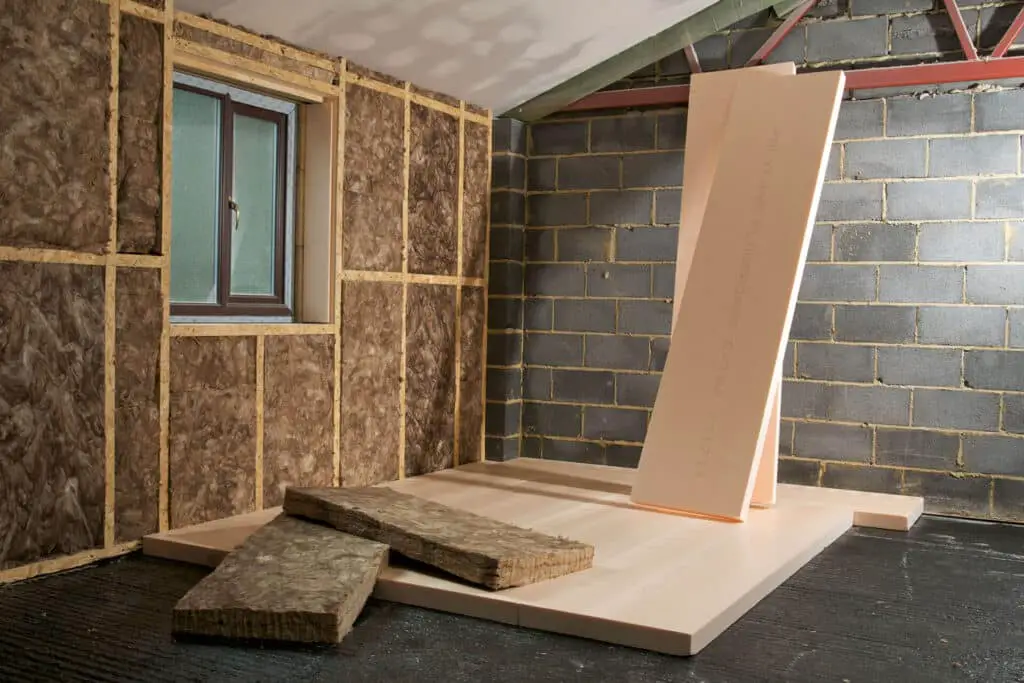
Conclusion
The decision to put insulation in interior walls depends on various factors such as the climate, the purpose of the room, and the desired level of comfort. Insulation can provide numerous benefits, including improved energy efficiency, noise reduction, and enhanced thermal comfort. However, it is important to consider the potential drawbacks, such as increased costs and potential moisture issues.
However, it is important to consider the potential drawbacks of insulate interior walls. The materials and labor required for insulating interior walls can add to the overall construction or renovation expenses. Additionally, if not installed properly, insulation can lead to moisture issues, such as condensation or mold growth. It is crucial to ensure proper ventilation and moisture control measures are in place to prevent these problems.
While insulating interior walls can provide numerous benefits, it is essential to carefully evaluate the specific needs and circumstances of each situation. Consulting with a professional contractor or insulation specialist can help determine the most suitable insulation materials and techniques for interior walls. By considering factors such as climate, room usage, and budget, homeowners can make informed decisions regarding insulation and create a more comfortable and energy-efficient living space.



